Renault automotive and Bendix aeronautics provided the engine, automatic transmission and anti-lock braking electronics for the Jeep Cherokees (XJ), Comanches (MJ) and Wagoneers (SJ) from 1986 to 1991. Renix (as the join venture was called) had a serial data protocol for system diagnostics that was never published. Thanks to the hard work of Phil Andrews of the RenixPower forum and Nick Grisley of NickInTimeDesign, the protocol was reverse engineered. This project expands on their work to create engine and vehicle diagnostics for my 1988 Comanche, Little Bo' (Jeep).
Additional thanks to my sister, Lauren, for coming up with my Jeep's name.
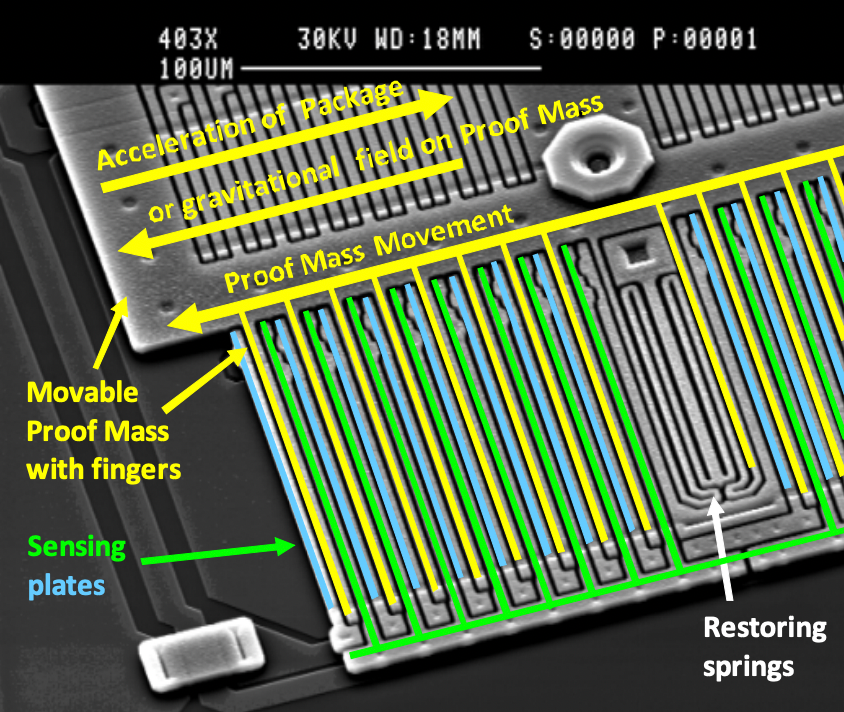

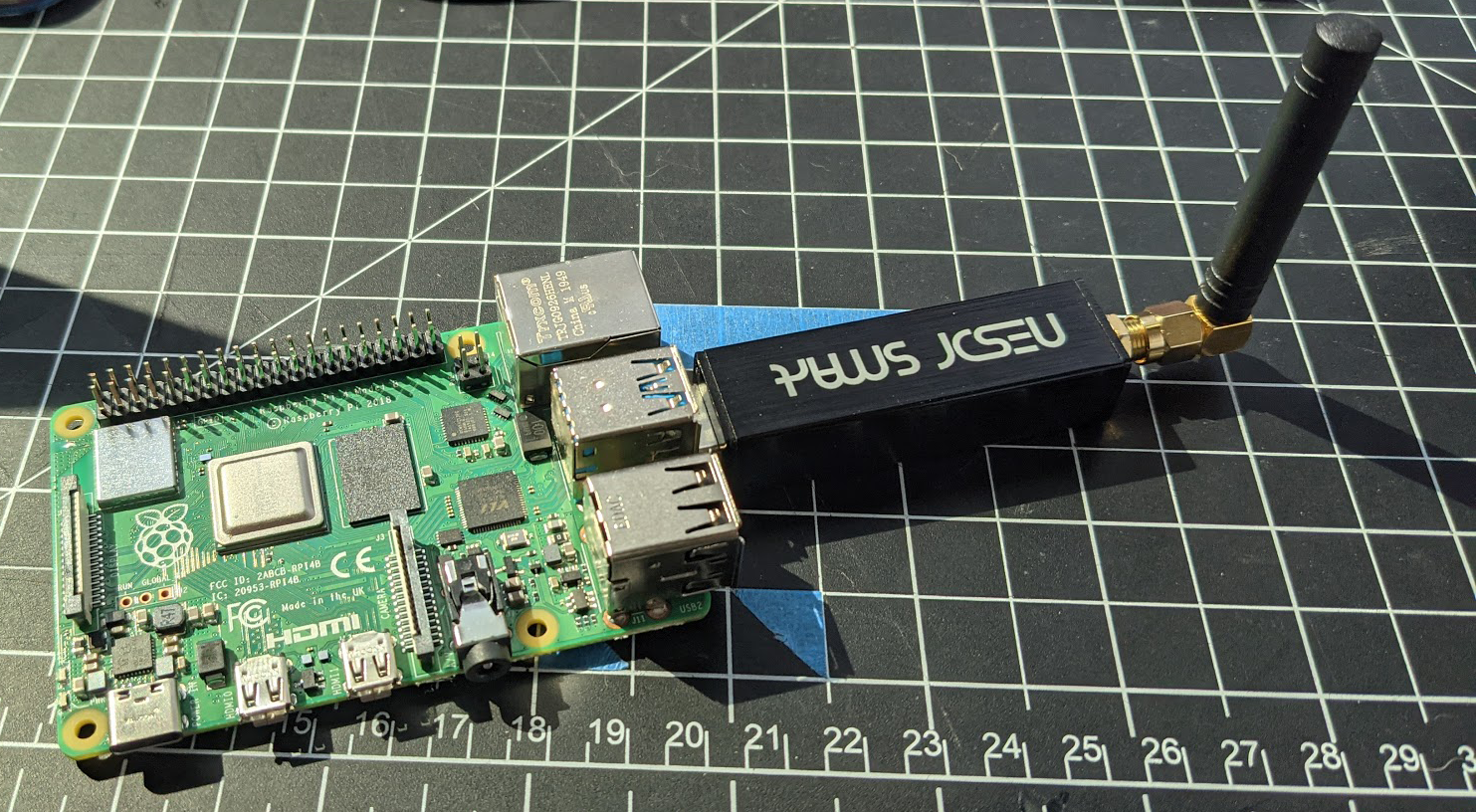





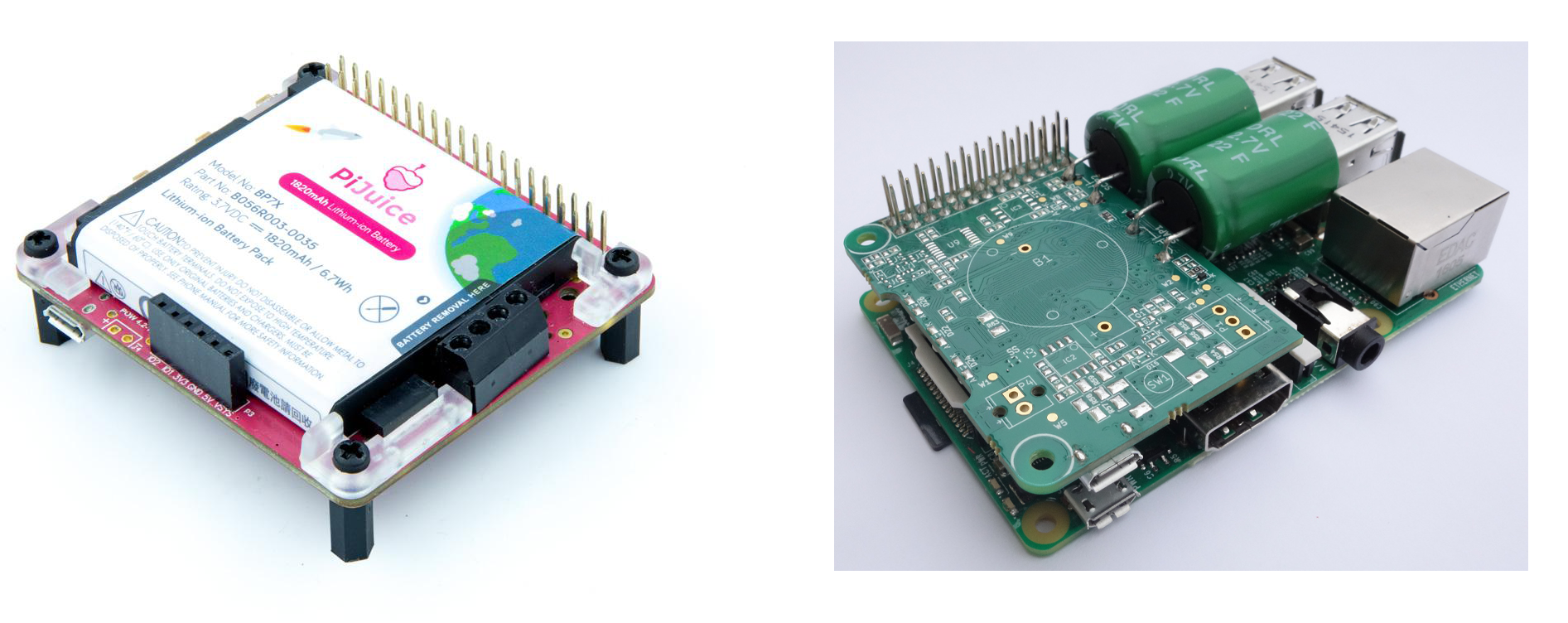
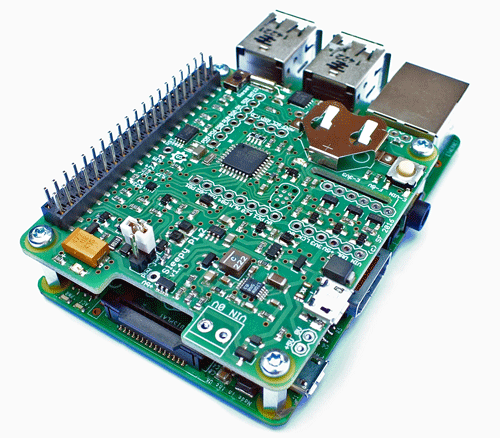
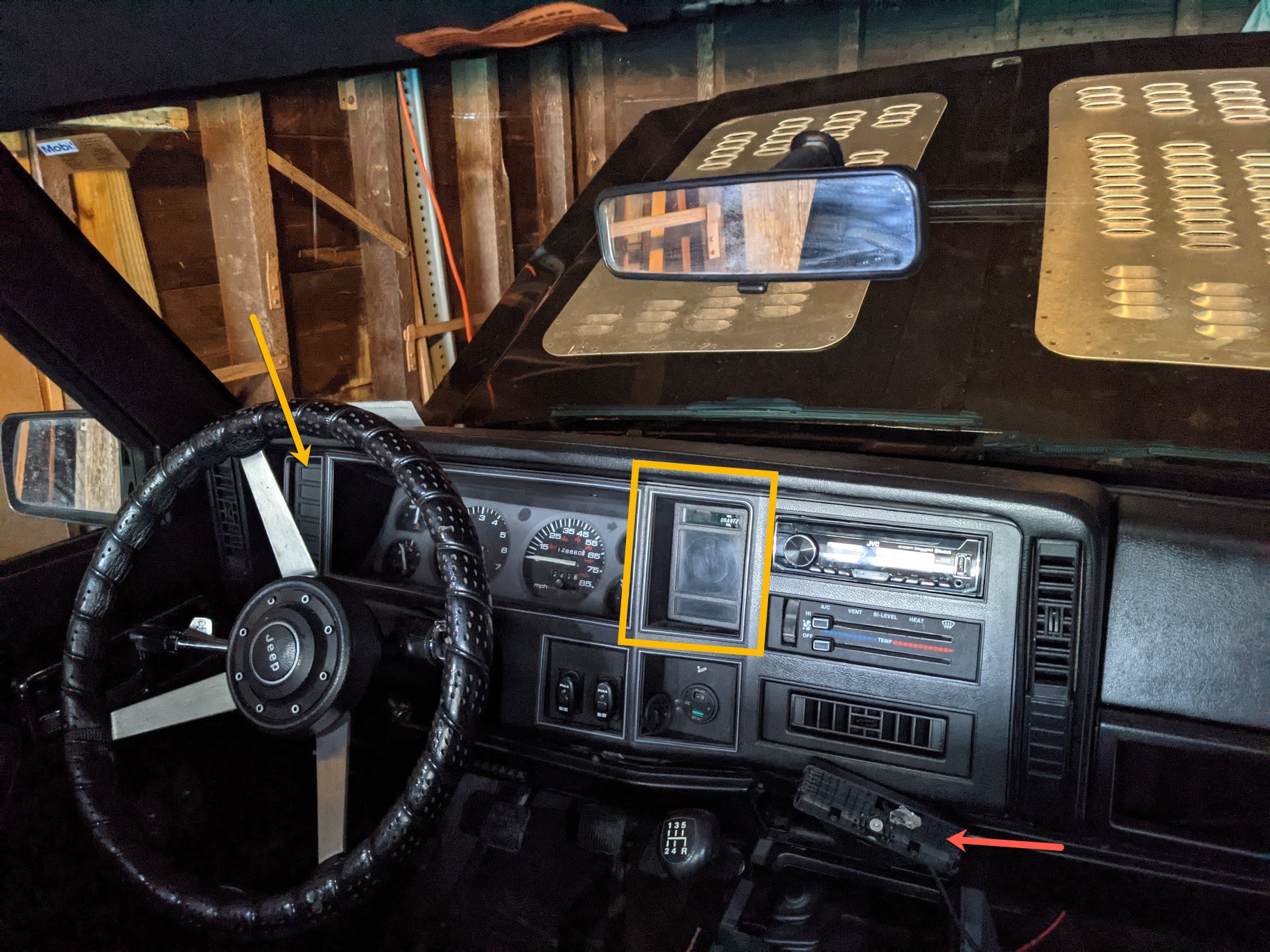
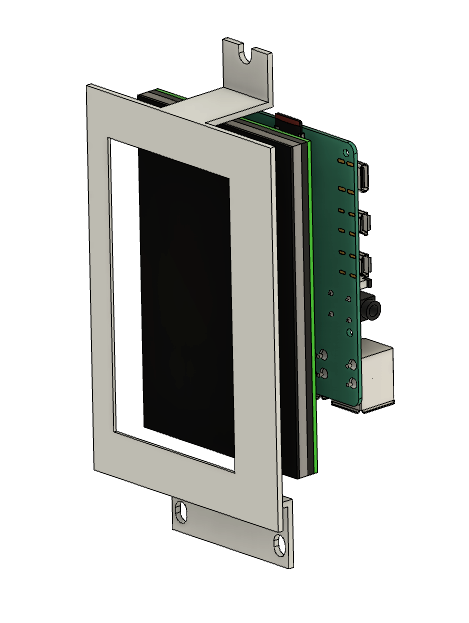




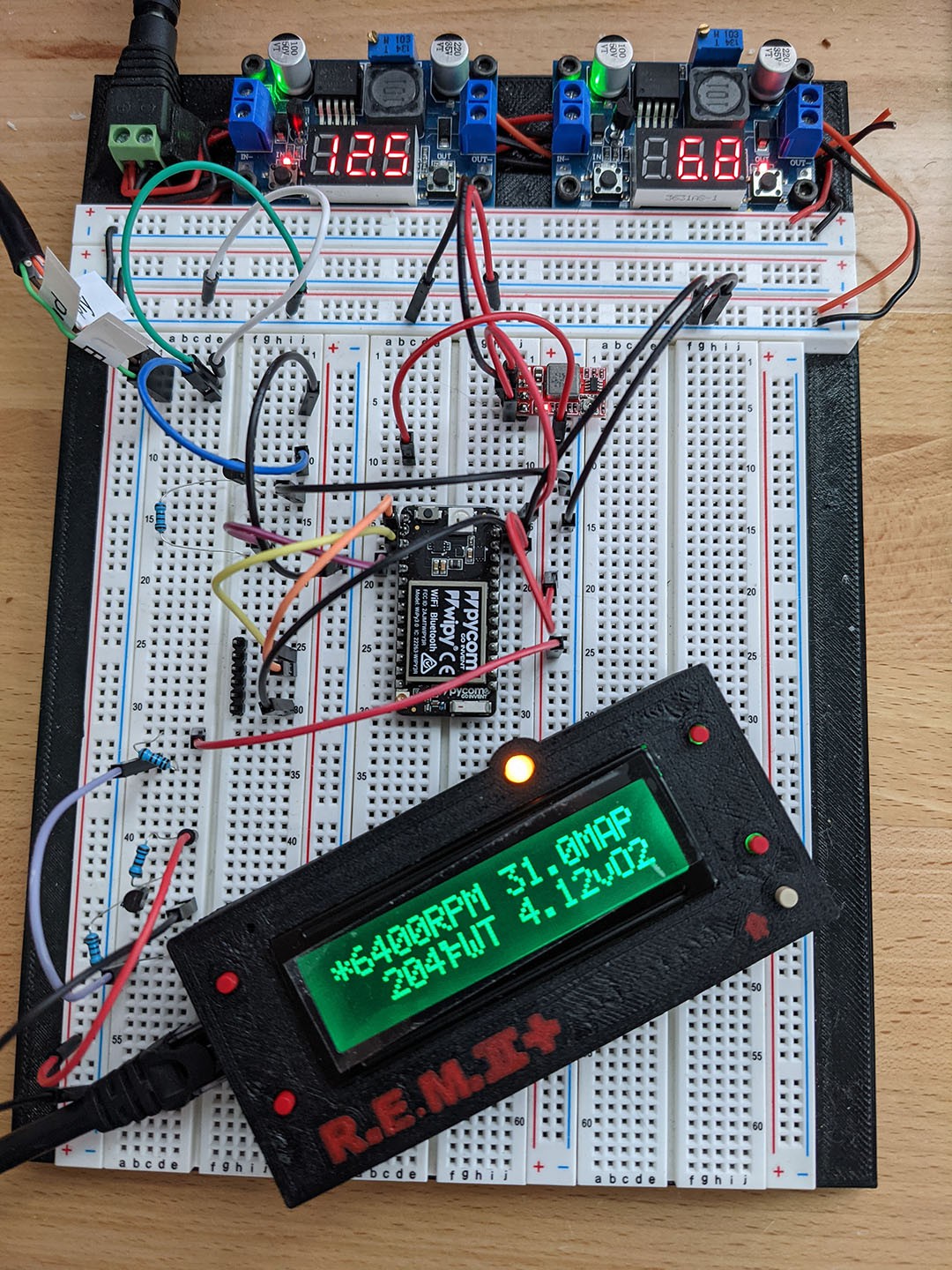
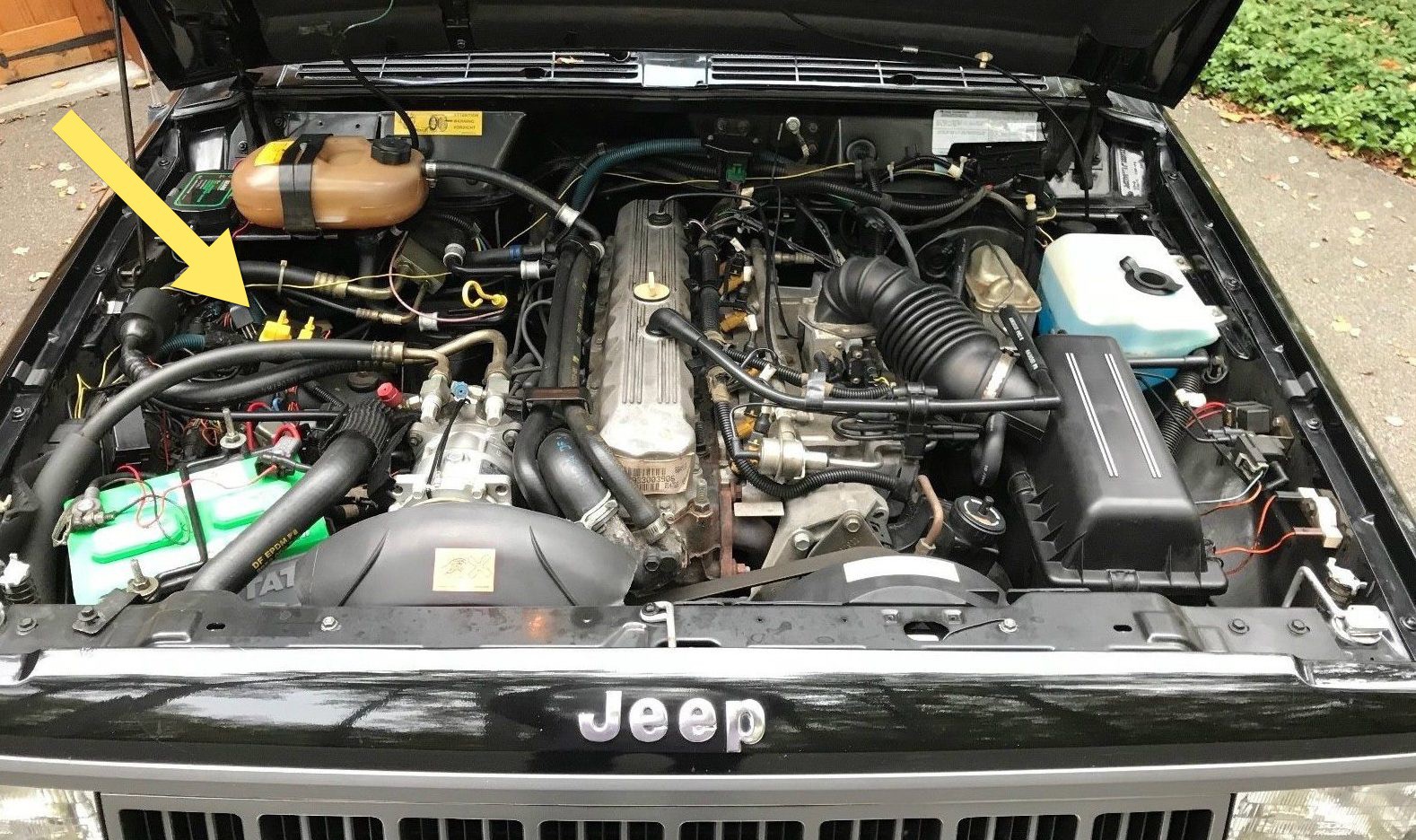
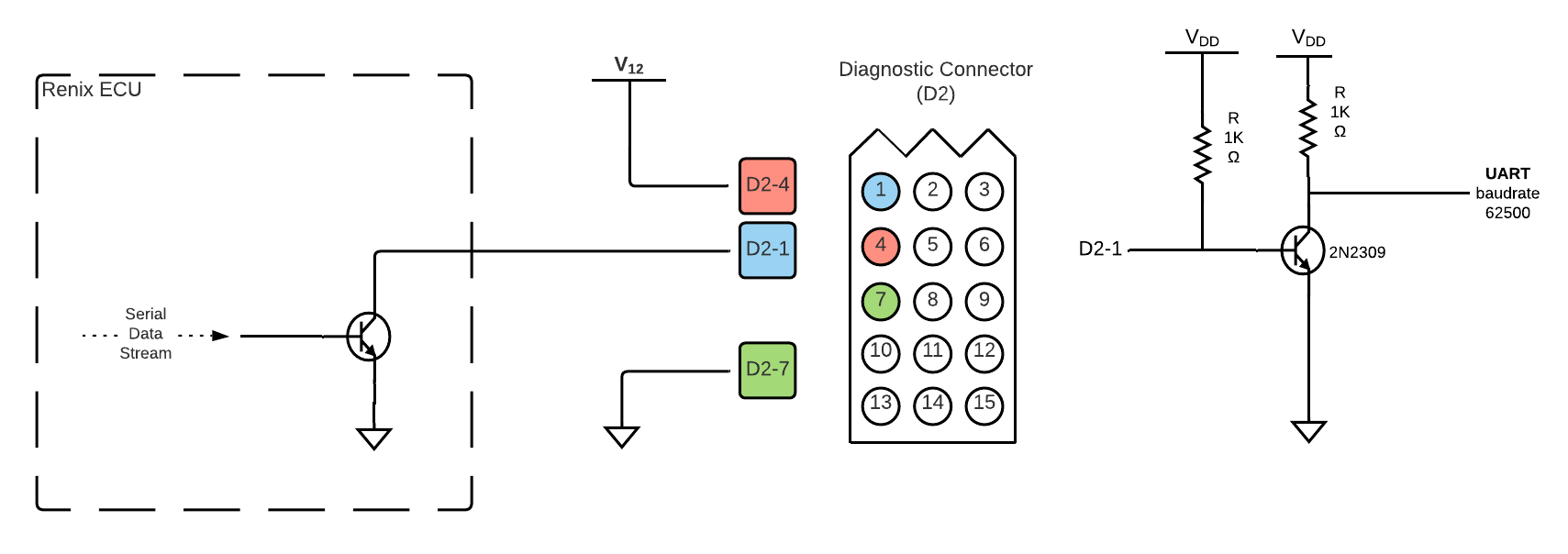





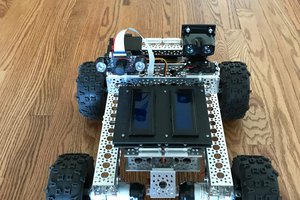

 Felix Rusu
Felix Rusu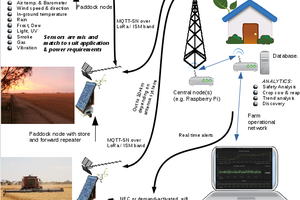
 pastcompute
pastcompute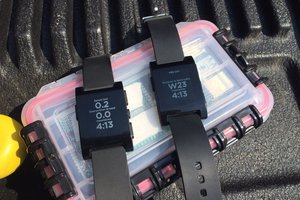
 Brook Patten
Brook Patten
Fantastic! I also own an '88 MJ! And as the good hacker I am also planned on a similar system. For my first pass I was considering using the Maccina M2 as the primary electrical interface, mostly because I have a couple and they have protected 12v inputs. I like the idea of having a lower power device interfacing with the truck and lighting up 'oh shit' lights, while a more complete HUD can be optionally powered up. Unfortunately I'm facing transmission issues at the moment, so the fun hacking has to wait but hoping this summer to start hacking on the computer.